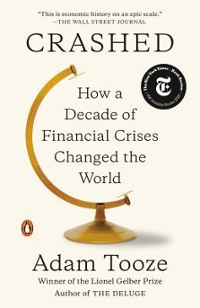Question
Consider the case that the market inverse demand is p(q1,q2)=13-q1-q2 and each firm has a cost ci(qi)=qi. Let the firms set quantities sequentially but the
Consider the case that the market inverse demand is p(q1,q2)=13-q1-q2 and each firm has a cost ci(qi)=qi.
Let the firms set quantities sequentially but the second mover - firm 2- imperfectly observes firm 1's quantity.
In other words , firm 1 sets q1 then firm 2 observes q tilde=q1+epsilon, where epsilon is determined by nature which is drawn from a normal distribution with a mean of zero and a variance sigma squared. Neither player observes epsilon. After observing q tilde, firm 2 sets quantity q2.
1. Are there proper subgames?
2. Solve for the pure strategy perfect Bayesian equilibrium. How does this compare to perfect Cournot (q1=a2=4) and Stackelberg (q1=6 and q2=3) benchmarks? When sigma tends to zero?
3. Does the prediction in (2) seems reasonable?
4. Now suppose firm 1 is restricted to choose q1 in {4,6}. We are looking for a mixed strategy perfect Bayesian equilibrium in which player 1 chooses the stackelberg quantity (q1=6) with probability alpha in (0,1) and the Cournot quantity (q1=4) with probability 1-alpha. Write down the equations that are needed for an equilibrium and show that alpha tends to 1 as sigma tends to 0.
Step by Step Solution
There are 3 Steps involved in it
Step: 1

Get Instant Access to Expert-Tailored Solutions
See step-by-step solutions with expert insights and AI powered tools for academic success
Step: 2

Step: 3

Ace Your Homework with AI
Get the answers you need in no time with our AI-driven, step-by-step assistance
Get Started


